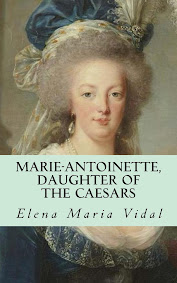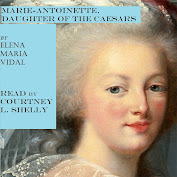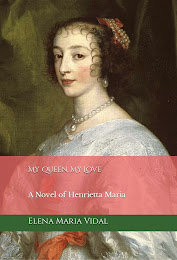From Medievalists:
Nowadays, in the Northern hemisphere, Spring starts on March 21, which corresponds to an equinox, when daylight and nighttime are equal in length. Medieval authors too associated the beginning of Spring with March. In his seventh-century encyclopedia known as the Etymologies, Isidore of Seville wrote that March is “also called the month of new things, because the month of March is the beginning of the year. It is also called the “new Spring” from its signs of germination…” But why did Isidore qualify March as “the beginning of the year”, you might wonder? In several regions of medieval Europe, civil calendars followed the Annunciation model, with a change of year on the feast day.
In Annunciation-style calendars, therefore, March 24 was the last day of the year, and March 25 marked the beginning of the new year. The Annunciation is a Christian holiday falling on March 25, which celebrates the archangel Gabriel’s visit to the Virgin Mary, when he told her she would be the mother of Jesus Christ, the Son of God. The new calendar year therefore began with Spring, a season linked to new life. This powerful association between Spring and rebirth was both religious (the Annunciation) and empirical, that is, based on observation (with Spring come new leaves, grass and the return of migratory species).
How did medieval people perceive the arrival of Spring? How was Spring depicted in medieval calendars and literary texts? And, was Spring the “mating season” for humans, as it is for many animal species? (Read more.)



















No comments:
Post a Comment